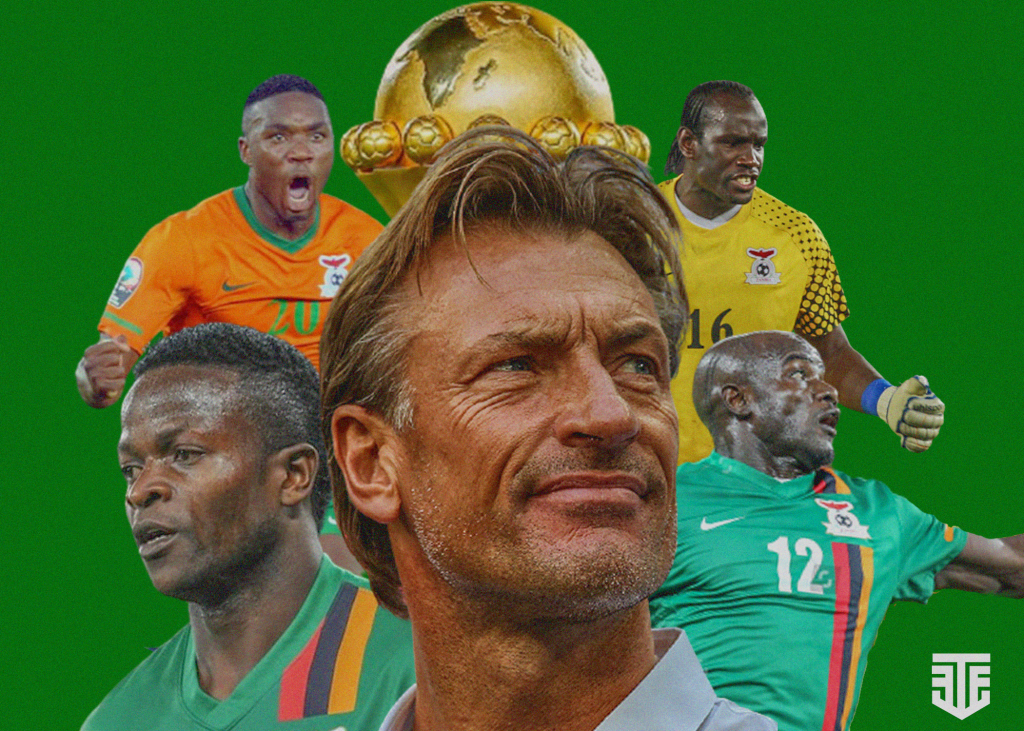
Reviving the Glory: A Possible Roadmap for Zambian Football Excellence
In the world of football, every nation aspires to reach the pinnacle of success that comes with winning a major international tournament. The glory of lifting a World Cup or an Africa Cup of Nations (Afcon) trophy is not just about the players on the pitch but a testament to a nation’s commitment to grassroots development, coaching excellence, and a holistic approach to the beautiful game.
It could be said that as Zambia seeks to relive its 2012 Afcon glory, there are valuable lessons to be learned from the world’s footballing greats, including Italy, Spain, Germany, France, and the recent champions, Argentina, who clinched the 2022 World Cup.
The Italian Renaissance (World Cup 2006):
Italy’s 2006 World Cup victory showcased the importance of a strong domestic league and grassroots development. Clubs like AC Milan and Juventus provided a platform for Italian players to compete at the highest level. Additionally, Italy’s investment in youth academies nurtured talents like Andrea Pirlo, who was a product of Brescia’s youth system. To revitalize Zambian football, investing in local leagues and fostering the growth of youth academies is crucial.
The Tiki-Taka Masters (World Cup 2010):
Spain’s 2010 World Cup triumph demonstrated the power of a distinct playing style. Tiki-taka, with its emphasis on quick, precise passing and possession football, was the hallmark of their success. The youth development system, known as La Masia, at FC Barcelona, produced talents like Xavi and Iniesta. Zambia can similarly define its unique style of play and instill it from the grassroots level.
Germany’s Comprehensive Model (World Cup 2014):
Germany’s 2014 World Cup win resulted from a holistic approach to football development. Youth academies and a focus on grassroots development nurtured talents like Mesut Özil, Mario Götze, and Joshua Kimmich. Germany’s coaching education system ensures a high standard of coaching at all levels. Zambia can learn from this approach by investing in infrastructure, coach development, and talent identification programs.
The French Rejuvenation (World Cup 2018):
France’s 2018 World Cup victory was a testament to its multicultural approach. The French squad was a diverse mix of players from various backgrounds. Nurturing talents from different communities ensures a broad talent pool. Zambia can replicate this by fostering inclusivity and diversity within its football system.
Argentina’s Recent Triumph (World Cup 2022):
Argentina’s 2022 World Cup victory, led by the legendary Lionel Messi, highlighted the importance of player development. Messi’s rise from the youth ranks at Newell’s Old Boys to FC Barcelona exemplifies the potential of a well-structured youth development system. Zambia can focus on identifying and nurturing young talents, ensuring they receive quality training from a young age.
In addition to these examples, it’s essential to mention the significance of fan engagement and passionate support. Football is not just a sport; it’s a unifying force. Zambia’s football fans can play a pivotal role in inspiring and motivating young talents to achieve greatness.
In conclusion, reviving Zambia’s football glory like in 2012 is an achievable goal. The nation must invest in grassroots development, establish a unique style of play, focus on coaching excellence, foster diversity and inclusion, and nurture young talents. By learning from the success stories of Italy, Spain, Germany, France, and the recent champions, Argentina, Zambia can script its path back to the pinnacle of African and world football. The journey may be challenging, but with the right blueprint, unwavering commitment, and the support of passionate fans, the Copper Bullets can rise again.


Bola Yapa Zed
FC MUZA Appoint Noel Phiri as New Head Coach

Bola Yapa Zed
Lameck Banda Takes Charge of Mufulira Wanderers

Zambian Football News
Highlanders FC Part Ways with Kelvin Kaindu

TNM Super League Malawi
Blantyre Derby 2025: Bullets and Wanderers Clash

TNM Super League Malawi
TNM Super League’s Rising Star: The Festus Duwe Story

Zambian Football News
WAFCON 2025: Copper Queens Set for High-Stakes Opener vs Morocco

Zambian Football News
Coach Nora’s Reign Tactical Direction Without Results

Bola Yapa Zed TV
Watch: Zambia 3-2 Sierra Leone: Extended Highlights

Bola Yapa Zed
Match Highlights: Atletico Lusaka vs Napsa Stars

Zambian Football News
Watch Barbra Banda’s Brace for Orlando Pride Against Seattle Reign

General Football News
Match Highlights Uruguay Vs. Brasil
Must Read
-


Bola Yapa Zed
/ 2 days agoFC MUZA Appoint Noel Phiri as New Head Coach
Noel Phiri is set to make a highly anticipated return to FC MUZA as...
By Chikondi -


Bola Yapa Zed
/ 2 days agoLameck Banda Takes Charge of Mufulira Wanderers
MTN Super League side Mufulira Wanderers have announced the appointment of Lameck Banda as...
By Chikondi -


Bola Yapa Zed
/ 2 days agoMufulira Wanderers to Appoint Lameck Banda as New Head Coach
Mufulira Wanderers FC is set to unveil former FC MUZA head coach Lameck Banda...
By Chikondi -


Archives
/ 2 days agoGodfrey “Ucar” Chitalu’s Historic 107 Goals in 1972
Godfrey “Ucar” Chitalu (October 22, 1947 – April 27, 1993) was not only the...
By Chikondi













